



Tanja's Little Corner of The World
A Texas city girl in a small New England town …







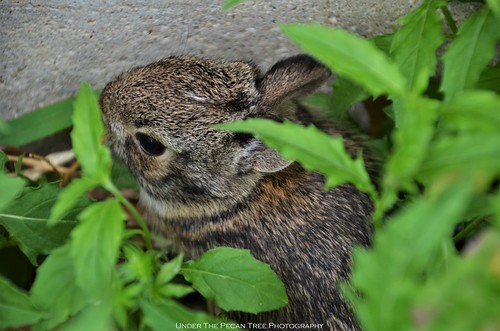
While I pulled some weeds, I found a little bunny hiding between the Evening Primroses in the frontyard. Since it was still little I could catch it and check it out. Once I saw it was okay I sat it back down in the primroses and let it move on. The plants were high enough to give the little bun-bun protection from predators.
🌸🌷🌺🌸🌷🌺🌸🌷🌺🌸🌷🌺🌸🌷🌺🌸🌷🌺🌸🌷🌺🌸🌷🌺🌸🌷🌺🌸🌷🌺🌸🌷🌺🌸🌷🌺

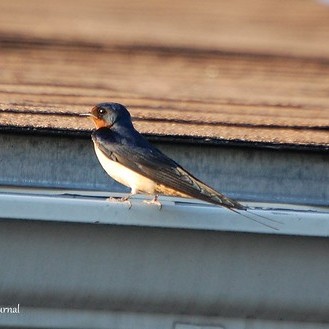
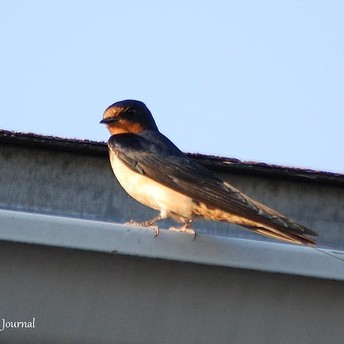

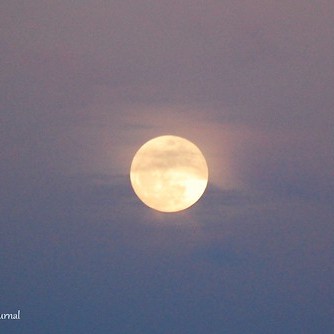


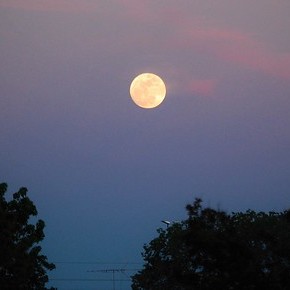
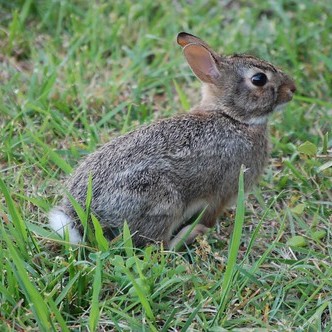
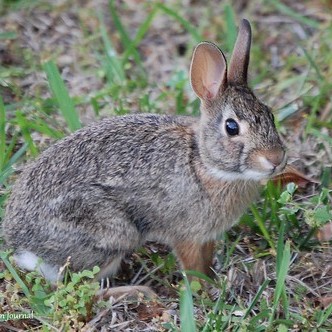
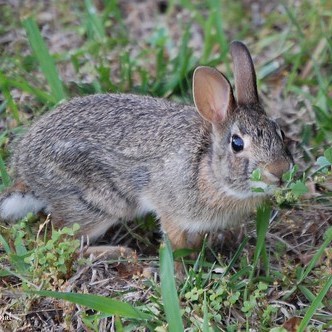
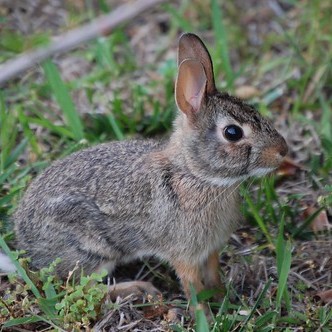
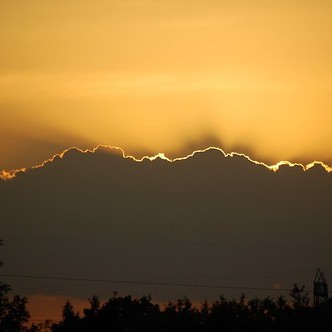
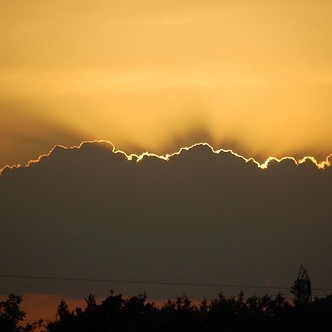


🌸🌷🌺🌸🌷🌺🌸🌷🌺🌸🌷🌺🌸🌷🌺🌸🌷🌺🌸🌷🌺🌸🌷🌺🌸🌷🌺🌸🌷🌺🌸🌷🌺🌸🌷🌺
🌸🌷🌺🌸🌷🌺🌸🌷🌺🌸🌷🌺🌸🌷🌺🌸🌷🌺🌸🌷🌺🌸🌷🌺🌸🌷🌺🌸🌷🌺🌸🌷🌺🌸🌷🌺






🌸🌷🌺🌸🌷🌺🌸🌷🌺🌸🌷🌺🌸🌷🌺🌸🌷🌺🌸🌷🌺🌸🌷🌺🌸🌷🌺🌸🌷🌺🌸🌷🌺🌸🌷🌺




The eastern cottontail can be found in meadows and shrubby areas in the eastern and south-central United States, southern Canada, eastern Mexico, Central America, and northernmost South America. It is also found on the Caribbean island of Margarita. It is abundant in Midwest North America. Its range expanded north as forests were cleared by settlers. Originally, it was not found in New England, but it has been introduced and now competes for habitat there with the native New England cottontail. It has also been introduced into Oregon, Washington, and British Columbia. In the 1950s and 1960s, the eastern cottontail was introduced to France and northern Italy, where it displayed a rapid territorial expansion and increase in population density.
Optimal eastern cottontail habitat includes open grassy areas, clearings, and old fields supporting abundant green grasses and herbs, with shrubs in the area or edges for cover. The essential components of eastern cottontail habitat are an abundance of well-distributed escape cover (dense shrubs) interspersed with more open foraging areas such as grasslands and pastures. Habitat parameters important for eastern cottontails in ponderosa pine, mixed species, and pinyon (Pinus spp.)-juniper (Juniperus spp.) woodlands include woody debris, herbaceous and shrubby understories, and patchiness. Typically eastern cottontails occupy habitats in and around farms including fields, pastures, open woods, thickets associated with fencerows, wooded thickets, forest edges, and suburban areas with adequate food and cover. They are also found in swamps and marshes and usually avoid dense woods.
Eastern cottontails forage in open areas and use brush piles, stone walls with shrubs around them, herbaceous and shrubby plants, and burrows or dens for escape cover, shelter, and resting cover. Wood cover is important for the survival and abundance of eastern cottontails. Eastern cottontails do not dig their own dens (other than nest holes) but use burrows dug by other species such as woodchucks. In winter when deciduous plants are bare eastern cottontails forage in less secure cover and travel greater distances. Eastern cottontails probably use woody cover more during the winter, particularly in areas where cover is provided by herbaceous vegetation in summer. In Florida slash pine flat woods, eastern cottontails use low saw-palmetto (Serenoa repens) patches for cover within grassy areas.
The eastern cottontail is a very territorial animal. When chased, it runs in a zigzag pattern running up to 18 mph (29 km/h). The cottontail prefers an area where it can be out in the open but hide quickly. Forests, swamps, thickets, bushes, or open areas where shelter is close by are optimal habitation sites for this species. Cottontails do not dig burrows, but rather rest in a form, a shallow, scratched-out depression in a clump of grass or underbrush. It may use the dens of groundhogs as a temporary home or during heavy snow. Eastern cottontails are crepuscular to nocturnal feeders; although they usually spend most of the daylight hours resting in shallow depressions under vegetative cover or other shelter, they can be seen at any time of day. Eastern cottontails are most active when visibility is limited, such as rainy or foggy nights. Eastern cottontails usually move only short a distance and remain to sit very still for up to a few hours at a time. Eastern cottontails are active year-round.
The eastern cottontail can reach sexual maturity as early as 2-3 months. The onset of breeding varies between populations and within populations from year to year. The eastern cottontail breeding season begins later with higher latitudes and elevations. Temperature rather than diet has been suggested as a primary factor controlling onset of breeding; many studies correlate severe weather with delays in the onset of breeding. In New England breeding occurs from March to September. In New York the breeding season occurs from February to September, in Connecticut from mid-March to mid-September. In Alabama the breeding season begins in January. In Georgia the breeding season lasts nine months and in Texas breeding occurs year-round. Populations in western Oregon breed from late January to early September. Mating is promiscuous.
🌸🌷🌺🌸🌷🌺🌸🌷🌺🌸🌷🌺🌸🌷🌺🌸🌷🌺🌸🌷🌺🌸🌷🌺🌸🌷🌺🌸🌷🌺🌸🌷🌺🌸🌷🌺
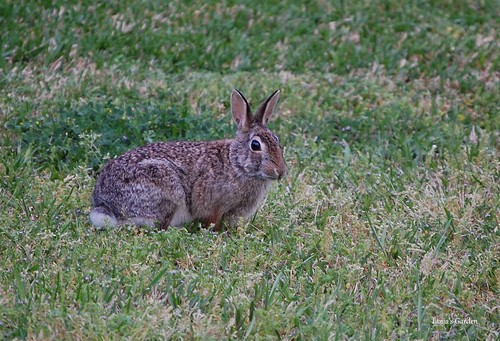






🌸🌷🌺🌸🌷🌺🌸🌷🌺🌸🌷🌺🌸🌷🌺🌸🌷🌺🌸🌷🌺🌸🌷🌺🌸🌷🌺🌸🌷🌺🌸🌷🌺🌸🌷🌺
🐇🥚🐥🌷🐇🥚🐥🌷🐇🥚🐥🌷🐇🥚🐥🌷🐇🥚🐥🌷🐇🥚🐥🌷🐇🥚🐥🌷🐇🥚🐥🌷🐇🥚🐥🌷
🐇🥚🐥🌷🐇🥚🐥🌷🐇🥚🐥🌷🐇🥚🐥🌷🐇🥚🐥🌷🐇🥚🐥🌷🐇🥚🐥🌷🐇🥚🐥🌷🐇🥚🐥🌷
🌸🌷🌺🌸🌷🌺🌸🌷🌺🌸🌷🌺🌸🌷🌺🌸🌷🌺🌸🌷🌺🌸🌷🌺🌸🌷🌺🌸🌷🌺🌸🌷🌺🌸🌷🌺




In 2008, Kevin started a garden. We got an idea from a neighbor, how to layer a raised bed, and started gardening in our backyard. Here are some tomatoes and sunflowers. They make great companions. The sunflowers attract the bees to pollinate the tomatoes. And they keep unwanted bugs away from each other.


Our neighbor saved this little bunny while mowing the lawn. Thank goodness, he saw the Eastern Cottontail baby before it would have become lawnmower stew. He asked me to hold on to it until he was done taking care of the yard. Later on, we put it back in the area, where he found it. In Spring, these little critters are everywhere.
🌸🌷🌺🌸🌷🌺🌸🌷🌺🌸🌷🌺🌸🌷🌺🌸🌷🌺🌸🌷🌺🌸🌷🌺🌸🌷🌺🌸🌷🌺🌸🌷🌺🌸🌷🌺